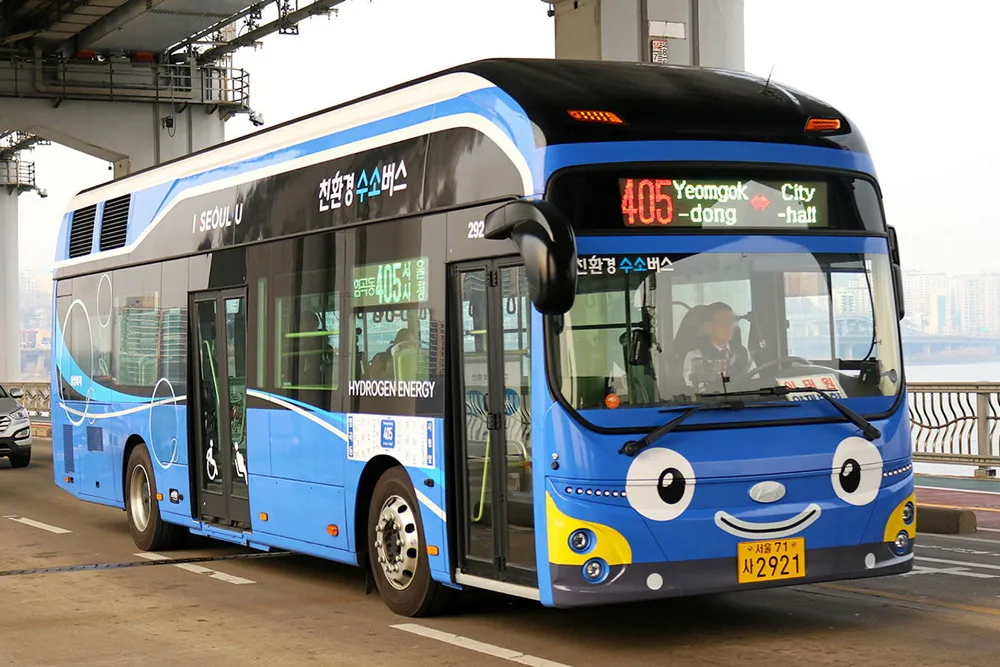South Korean city to get 700 hydrogen buses by the end of 2024 — powered by dirty H2 from fossil fuel
Incheon will become the world leader in fuel-cell buses, with 200 units delivered this year, in deal between Korean government, city council, Hyundai and LNG supplier SK E&S
